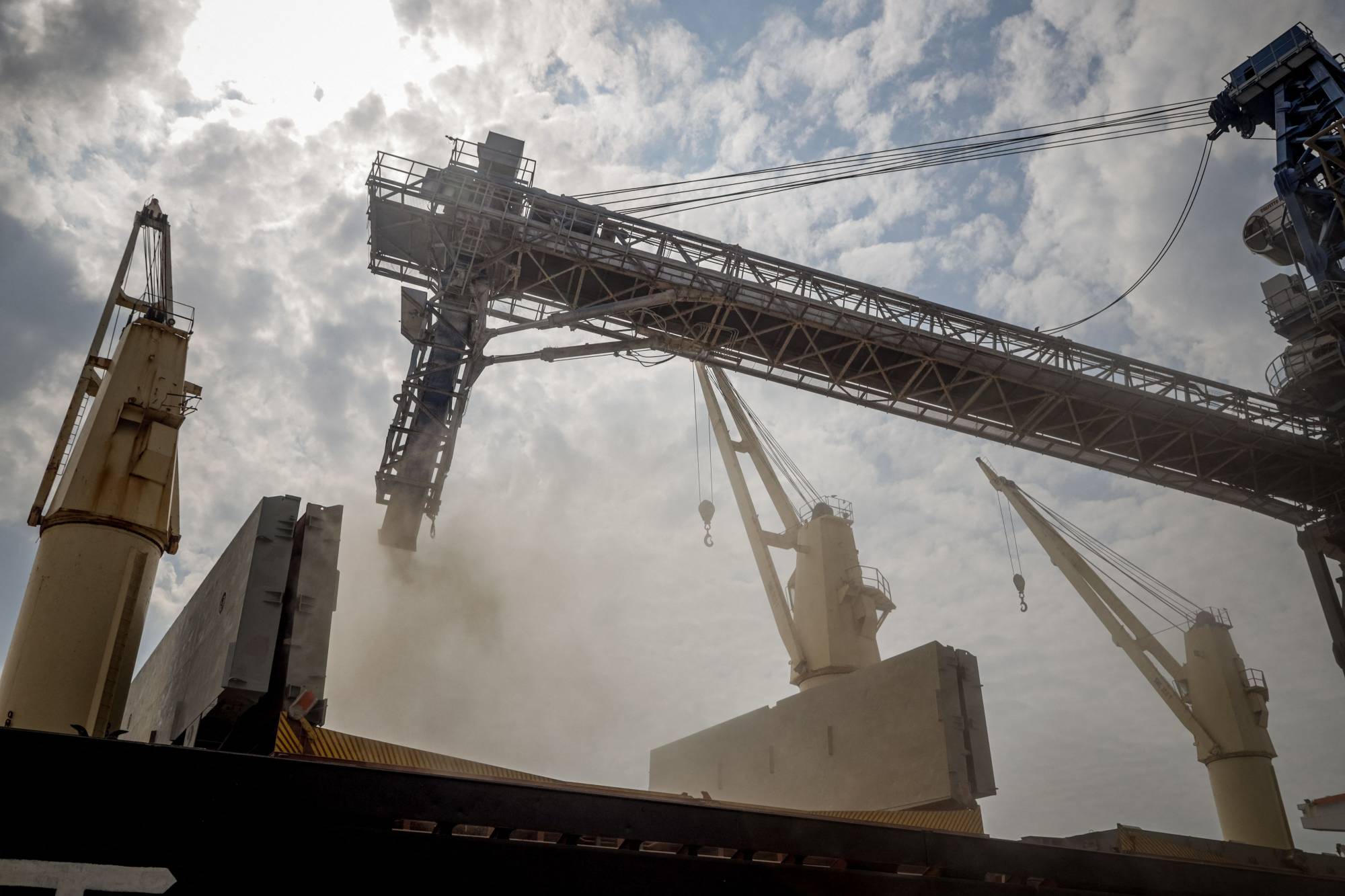The resumption of shipments from Ukraine is helping drive down the cost of grain, with wheat prices expected to stabilize should trade continue to flow smoothly from the country’s Black Sea ports, World Bank Senior Agriculture Economist John Baffes told The Japan Times in an interview.
“We believe food prices reached their highest level in the second quarter of 2022,” Baffes said, noting that the World Bank does not expect food prices to increase for the rest of the year, given that most global food markets are adequately supplied.
While prices are still 14% higher than a year ago, the World Bank’s food price index is down 12% since its April 2022 high, he added.

















With your current subscription plan you can comment on stories. However, before writing your first comment, please create a display name in the Profile section of your subscriber account page.